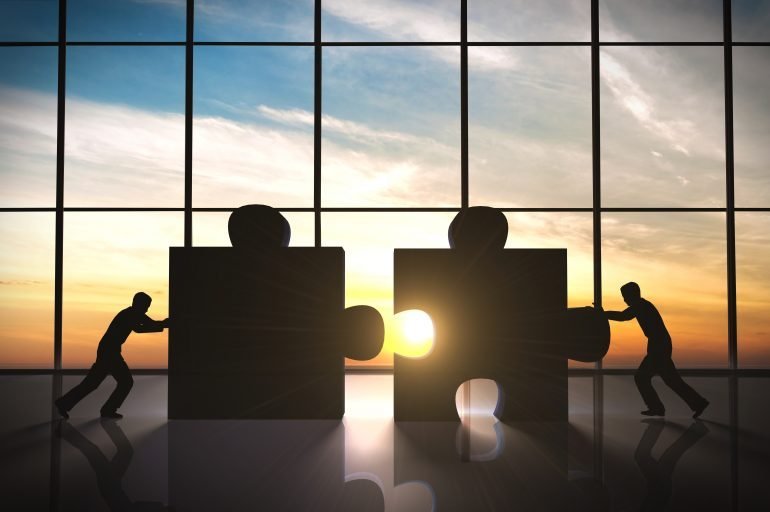The Co-Regulation Effect
By Kate Double, MSW, LCSW
What is Co-regulation?
Maya Angelou stated, “People won’t remember what you said, they won’t remember what you did, but they will remember how you made them feel”. How you made them feel. Co-regulation. Your nervous system meets my nervous system, and a new nervous system is created between us.
Have you ever been with someone and felt a shift in the mood? Have you ever noticed a change in the dynamic between you and someone else without knowing why? Co-regulation is the way that the nervous system of one individual influences the nervous system of another. It really is that simple; although it is not only an interpersonal process but also a neurological and biological process.
When you yawn, I yawn too. If you laugh, I feel happy. When you cry, I am moved. If I am calm, you are soothed. You aren’t generating my feelings, nor are you responsible for them. I am responsible for understanding, sharing, and tending to my emotions; but we are affecting one another in important, real, and unconscious ways. The co-regulating effect can happen in any type of relationship, but can be particularly strong in familial and romantic relationships.
Humans are pack animals, and we aren’t meant to live in isolation. Relationship is everything. Understanding co-regulation is important because we can become aware of the interplay between our nervous systems; and we can alter the dynamics to have healthier, happier, and more fulfilling relationships. Strong partnerships with significant others can be healing for our attachment wounds and complex trauma. The opposite is also true.
Co-Regulation Before Self-Regulation
Co-regulation begins in the womb – long before we have the ability to self-regulate. It happens when an unborn baby hears the voice of their mother, or when their mother’s movement soothes them. This is what is happening when parents rock their infants, hold them, speak to them, “babble” with them, smile at them. Babies soon learn that they can smile and “talk” back. It’s communication, and it is co-regulation. Co-regulation is also at play when a small child falls and they look to their parents to know how to react. If the parent comforts without panic, children usually move on more quickly. It is through this process that children also learn to self-regulate, to self-soothe, and to cope. RL Knost said, “When little people are overwhelmed with big emotions it is our job to share our calm, not join their chaos.” Coregulation. And this is one reason why, when parents are not adequately and consistently responsive to children, they can struggle to learn to self-regulate, which can be a lifelong difficulty affecting both self and others. By gaining understanding, insight, and new skills, you can learn to change these patterns.
Co-regulation in Therapy
“You switched to your therapist voice,” a patient once said after our initial greeting and small talk. Although I wouldn’t have thought of it that way, they were right. I do use a more soothing tone, and I speak more quietly and slowly during therapy. I try to look clients in the eyes and try to stay right with them emotionally. In a very short period of time, I can often see clients respond with greater relaxation, focus, and presence. I can see tension begin to reduce. This is the most effective state for patients to begin to experience a shift in their own thinking and experience. This is just one way that therapists use their “self” to impact patients. That calming effect is also an example of the impact co-regulation, used both consciously and unconsciously. It is just one piece of why therapy can be healing to patients – it provides new ways of experiencing and new ways of relating for many.
Co-Regulation in Romantic Relationships
In a romantic partnership, we can optimize each other at our best… or not. And the best part is that we can learn to choose. Couples are co-regulating much of the time, although they may not be aware of it. Co-regulation can create tremendous safety, but in troubled relationships, it can also create a sense of danger. Our internal systems are sending out messages to our partners’. We can invite calm; or we can invite fight, flight, or freeze. Although this process is largely unconscious, we can increase our awareness and use the power of both self-regulation and co-regulation to change our relationship cycles. Being aware of the unconscious ways that our nervous systems impact those that we love can provide motivation to build skills to regulate our emotions effectively, and therefore heal our relationships.
What Now?
Notice the ways in which you and your partner are co-regulating – be it positive or negative.
Notice how others in your life are affecting your emotional regulation, and notice how you might be affecting them. This can include friends, neighbors, parents, children, extended family, coworkers, and all others that you are somehow in relationship with. The closer the relationship, the stronger the influence.
Learn and practice strategies for self-soothing (relaxation, meditation, yoga, warm bath, a nature, exercise, social connectedness, rest, or whatever is calming) because one person soothing themselves will also have a similar effect on the other.
Create positive community for yourself – loneliness is dysregulating; relationships are important.
Focus on yourself rather than on changing others. This is the key to changing the relationship dynamics. Changing others is never a valid goal – in part because it is absolutely ineffective. Making changes to your own ways of behaving, experiencing, and relating to others is a big enough job.
Talk to your therapist about how this might apply to you in all of your relationships so that you can get a better understanding of how you can move forward in healthier ways.

